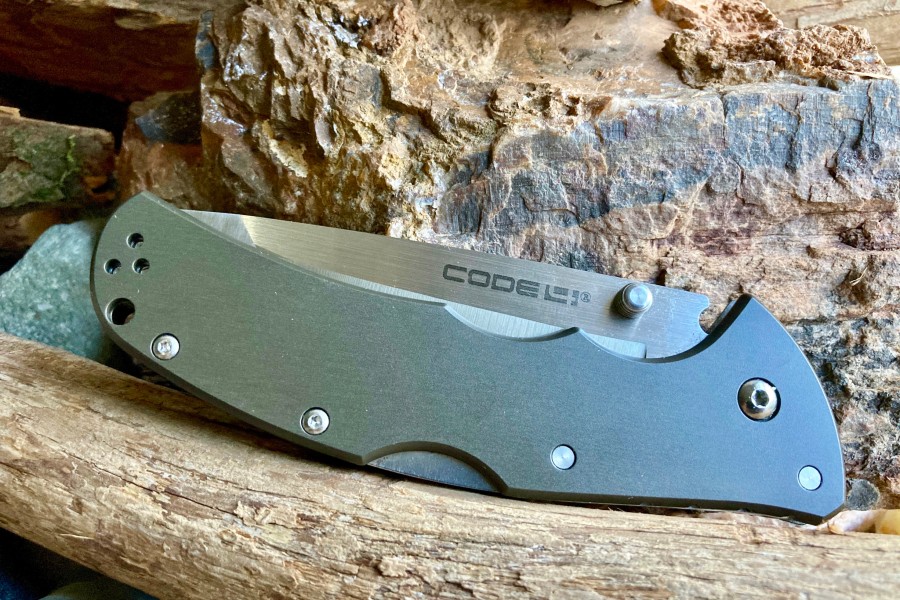Knives come in several styles. Tanto knives are popular. This thorough reference covers tanto knives’ history, features, usage, and more. This page will help you understand knives, whether you’re a fan or just curious.
What is a Tanto Knife?
Japanese Tanto Knives have a straight edge and triangular point. Japanese “tanto” means “short sword” or “dagger.” Samurai warriors used this Japanese knife. Tanto knives were designed to penetrate armor and were known for their durability.
The History of Tanto Knives
Tanto Knives’ rich history dates back to feudal Japan’s Heian period (794-1185). Samurai warriors began using tanto knives to supplement their swords at this time. Over time, tanto knife designs changed to suit diverse purposes and desires.
Tanto knives became popular during Kamakura (1185-1333). Battle knives were often ceremonial and decorative. For self-defense and close-quarter battle, da blade was sharp and strong.
Features of a Tanto Knife

Tanto blades are unique, allowing you to appreciate their creativity and utility.
Blade Shape: Tanto knives are distinguished by their blade form. The handle’s straight edge ends in a sharp triangular tip. Some designs have a sharper apex angle.
Reinforced Tip: Tanto knives’ triangular points are reinforced for strength and durability. This improves piercing and durability.
Flat Grind: Tanto knives have a flat grind that tapers evenly from the spine to the cutting edge. This grind excels in slicing and chopping.
Premium Steel: Damascus or stainless steel are used to make tanto knives strong and sharp. These materials are corrosion-resistant and edge-retaining.
Full Tang Construction: Tanto knives’ blades reach completely through the handle, providing stability and robustness.
Uses of a Tanto Knife

Tanto knives have straight edges and angular points. The Tanto knife, originally meant for warfare, has many utilitarian and functional uses. Common Tanto knife uses:
Self-defense: Tanto knives are known for their piercing power and durability. The large blade and strengthened tip make it a reliable personal protection tool for thrusting and stabbing.
Utility and outdoor jobs: Tanto knives are sturdy and great for utility and outdoor tasks. They can cut, slice, and chop food, rope, and timber. The straight edge cuts precisely, while the powerful point penetrates difficult materials.
Camping & survival: Campers, hikers, and survivalists love Tanto knives for their adaptability and strength. Camps, shelters, firewood processing, and wilderness survival are possible with them. Outdoor excursions and emergencies suit the Tanto’s durability and cutting ability.
Tactical and military applications: Tanto knives are popular among military, law enforcement, and tactical fans. They are ideal for cutting ropes, opening parcels, breaching doors, and close-quarters warfare because to their strong build, piercing tip, and trustworthy blade.
EDC: Some people carry Tanto knives daily. Its tiny size, durability, and multi-functionality make it useful for opening boxes, cutting materials, and light-duty labor. Before carrying knives, verify local laws.
Collection and display: Tanto knives are widely collected and displayed as art or cultural artifacts due to their historical and cultural value. They represent Japanese workmanship, design, and aesthetics.
Choosing the Right Tanto Knife

To choose the right tanto knife, consider these factors:
Blade Length: Tanto knives range from small and unobtrusive to huge and threatening. Consider the intended use and local knife length laws before choosing.
Blade Material: Damascus steel, carbon steel, and stainless steel are good blade materials for edge retention, durability, and corrosion resistance. Choose the best material by comparing its merits and downsides.
Handle Material: Tanto knife handles should be pleasant and secure. Wood, G-10, Micarta, and FRN are popular handle materials. Select a handle material that balances aesthetics, durability, and grip.
Locking Mechanism: Consider the locking mechanism of a folding tanto knife. Liner locks, frame locks, and axis locks all have advantages and ease of use.
Brand Reputation: Research well-known knife brands for quality, craftsmanship, and customer happiness. Established brands offer warranties and customer support, ensuring reliability.
Tanto Knife FAQs
Are tanto knives allowed?
Tanto knives are permitted in several places. Know local knife carry and length laws.
Can a tanto knife open boxes or chop food?
Absolutely! Tanto knives, especially ones with shorter blades, are useful for opening parcels, cutting ropes, and preparing food.
Sharpening tanto knives?
Standard sharpening works for tanto knives. Sharpening the strengthened tip may take extra care.
Tanto knives for hunting and skinning?
Tanto knives aren’t designed for hunting or skinning, although they can be. However, drop point or skinning knives may be more efficient for these activities.
Beginner tanto knives?
Beginners can use tanto knives safely with good knife handling. Learn the knife’s features and use it safely.
Tanto knife maintenance—how?
Regular cleaning, drying, and oiling prevents rust and corrosion. Follow manufacturer sharpening instructions and store the knife in a safe, dry place.
Conclusion
Finally, a tanto knife is a multipurpose blade with a deep Japanese history. Its straight edge, strengthened tip, and high-quality materials make it a versatile tool. Tanto knives are perfect for knife enthusiasts, outdoorsmen, and self-defense.
To find the right tanto knife for you, consider blade length, materials, handle design, and locking mechanism. To comply, learn local knife carry laws.
Keep your tanto knife secure and well-maintained. Regular cleaning, drying, and sharpening will maintain the blade.
